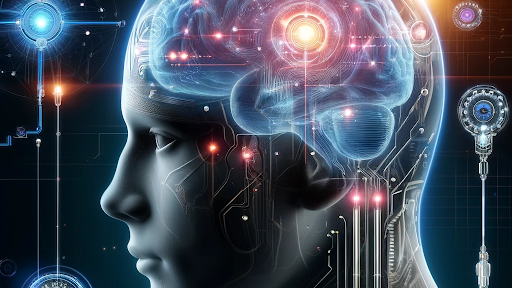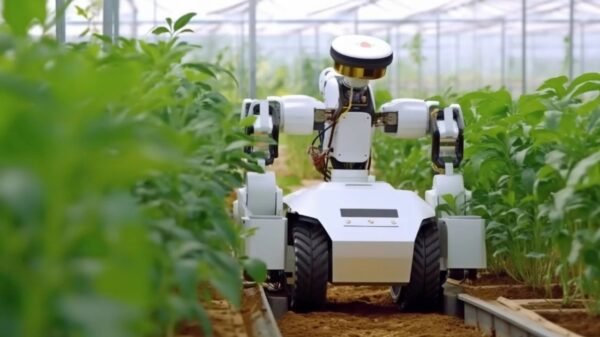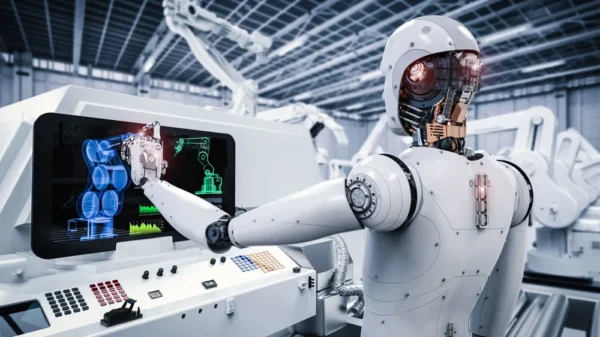Introduction
The Internet of Things (IoT) has revolutionized the way we interact with technology. From smart homes to connected cars, IoT has become an integral part of our daily lives. At the heart of this technological revolution is programming for IoT, which enables devices to communicate and share data seamlessly. In this article, we will explore the basics of programming for IoT and how it plays a crucial role in creating the Internet of Things.
Understanding IoT Programming
IoT programming involves writing code that allows devices to connect, communicate, and exchange data with each other. It involves a combination of hardware and software development, as IoT devices rely on sensors, actuators, and microcontrollers to collect and process data. The programming languages used for IoT development vary depending on the specific requirements of the project, but some common languages include C, C++, Java, Python, and JavaScript.
Key Concepts in IoT Programming
1. Connectivity
Connectivity is the foundation of IoT. Devices need to be able to connect to the internet or a local network to share data. This can be achieved through various wireless technologies such as Wi-Fi, Bluetooth, Zigbee, or cellular networks. IoT programmers need to have a good understanding of these connectivity options and choose the most suitable one for their project.
2. Data Management
Data management is another important aspect of IoT. IoT devices generate a vast amount of data, and programmers need to design efficient ways to collect, store, and analyze this data. They also need to consider data security and privacy, as sensitive information may be transmitted between devices.
3. Device Control
IoT involves controlling devices remotely. This includes sending commands to devices, monitoring their status, and updating their firmware. Programmers need to develop protocols and interfaces that allow seamless device control, ensuring that devices respond accurately and in a timely manner.
Challenges in IoT Programming
Programming for IoT presents unique challenges compared to traditional software development. Some of the key challenges include:
1. Hardware Limitations
IoT devices often have limited processing power, memory, and energy resources. Programmers need to optimize their code to run efficiently on these resource-constrained devices. They also need to consider factors such as power consumption and battery life when developing IoT applications.
2. Interoperability
IoT devices come from different manufacturers and may use different communication protocols. Ensuring interoperability between devices can be a challenge for IoT programmers. They need to develop solutions that enable devices to communicate seamlessly, regardless of their underlying technologies.
3. Security
Security is a major concern in IoT programming. With the increasing number of connected devices, the risk of security breaches and data theft also rises. Programmers need to implement robust security measures, such as encryption and authentication, to protect IoT devices and the data they transmit.
Conclusion
Programming for IoT is a critical skill in today’s connected world. It enables the creation of innovative IoT applications and solutions that enhance our lives. By understanding the key concepts and challenges in IoT programming, developers can harness the full potential of the Internet of Things and contribute to its continued growth and development.



































